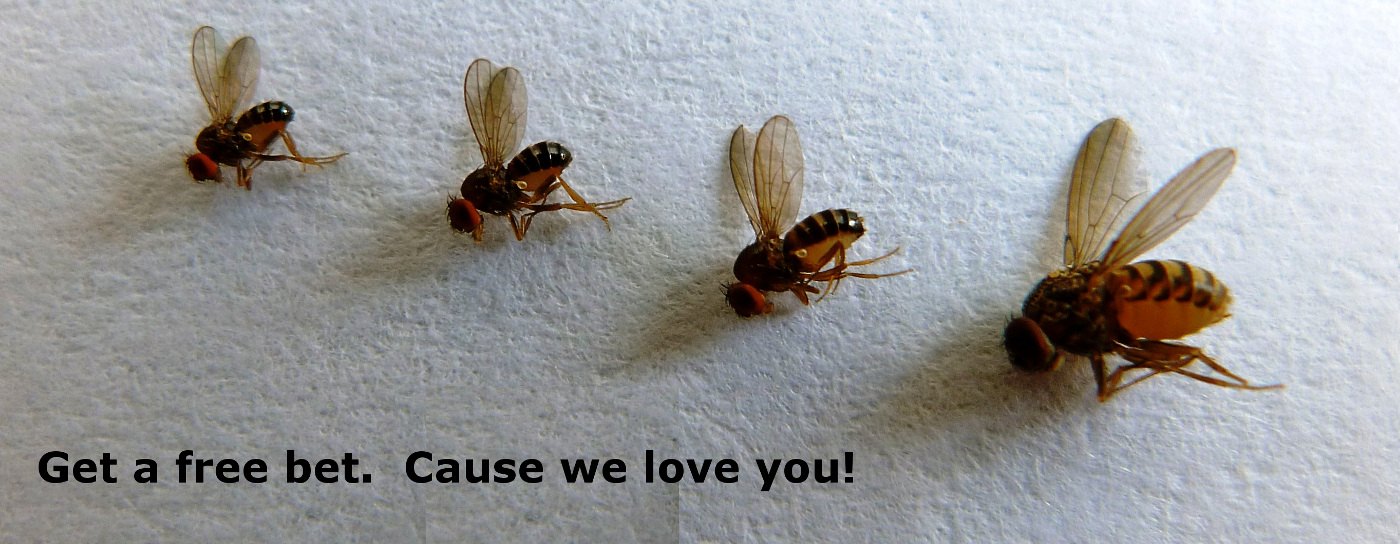
- Published by the ‘Betting and Gaming Council’ (BGC)
- Data collected and provided by the Broadcasters’ Audience Research Board (BARB)
- Data described and limited analysis undertaken by Enders Analysis
- Commentary provided by the BGC
- Link to full report: https://bettingandgamingcouncil.com/wp-content/uploads/2020/08/Review-of-Gambling-Industry-W2W-Advertising-Restrictions_v8.pdf
What follows is a review of this report by ‘Justice for Punters’ (J4P), including the methodology, data and commentary within it, plus the PR surrounding the report’s launch.
- This report has been promoted as being by BARB and/or Enders Analysis; it isn’t. The following is stated in the report, “And conclusions and commentary are the BGC’s.” This is, in effect, a disclaimer by BARB and Enders Analysis, e.g. they only collected data, described it and completed some analysis, nothing more. This is very important as this situation has provided an opportunity to highlight certain data and ignore other data that may not support the preferred narrative of the BGC.
- It is somewhat strange that the methodology is reported near the end of the report. This is poor practice. When a reader considers any data being presented it is crucial they know how the data was generated, therefore how any commentary was arrived at.
- Whilst the methodology used seems primarily sound, it does need to be kept in mind, that there was a major methodological omission as there was no mention of how the data for the age group 4-17 was generated. This age group data is mentioned briefly in the analysis, but widely commented on to enhance the impact of the PR messages of the report. This should not have been done without clarity on how this data was collected. It is worth noting that this reviewer could not find a definition for “the BARB-defined mid-category of ‘Gambling’”. A 2014 explanation of BARB’s gambling categories was found in another study, “The research is based on analysis of BARB viewing data and categorises gambling adverts into four types: online casino and poker services; sports betting; bingo; and lotteries and scratch cards.” There is no reason to believe that the BARB-defined mid-category of “Gambling” doesn’t exist, the only thing that is certain is that the reviewer couldn’t find a definition for it. This lack of an explanation or reference for it means the reader is unaware of exactly what type of advertising was considered in the report.
- The report was often not clear regarding ‘other gambling advertising’ and ‘sports-gambling advertising’. The two terms are used in what appears to be interchangeable ways, meaning on occasion it is quite difficult to work out in the BGC commentary whether the data being commented on is changes in ‘other gambling advertising’ or ‘sports gambling advertising’. Better clarity by focussing on each category in turn would have helped the reviewer.
- Regarding specific W2W data there is no question that the number of sports betting adverts decreased hugely. The W2W initiative has achieved its main aim. This is hardly surprising though, because many major gambling companies had signed up to not advertising during the W2W period and their reputations would have been wrecked if they’d continued to advertise during this period after agreeing not to.
- Despite the big decrease in advertising during the W2W period it must be noted that this period of time only made up 10.5% of total gambling views pre-the-W2W, so 89.5% of total gambling views weren’t directly affected by this initiative. This fact, which is mentioned in the data, if combined with the frequent gambling mentions on sporting team shirts and round field advertising boards during the W2W, likely means that any overall reduction in gambling mentions as opposed to just gambling advertising a viewer would see, is probably small if not tiny. The BGC commentary makes no comment on this.
- Despite data been collected and presented in the report of ‘sports gambling advertising’ increasing by 32% outside the W2W in the category listed as ‘Other programming’, e.g. programming outside sport, which is the vast majority of TV programming, the BGC commentary made no mention of this. The BGC commentary also made no mention that the overall total number of commercial impacts around gambling advertising for the same periods during 2018 and 2019 only decreased 11%, which is quite different from the massive claims made for 96% decreases in sub-categories of data. This again highlights the importance of appropriate data analysis, synthesis, discussion and commentary.
Conclusions
This was a sensible report to complete and it does prove that voluntary bans can work in the gambling industry, therefore this initiative should be viewed as a pre-cursor to wider advertising bans in order to better protect people under the legal gambling age in the UK.
The W2W voluntary initiative had a major impact on the number of gambling adverts seen by the UK population during the W2W defined time period, nevertheless it is unlikely to have had much effect on the total views of gambling mentions overall.
The data presented for the 4-17 years age group can’t be commented on by this reviewer, because there is no explanation how this data was collected or how it was separated from the data collected for the UK population as a whole.
The data collected outside the W2W time period provides a mixed picture, including a 32% increase in ‘sports gambling advertising’ in the category listed as ‘Other programming’.
It is interesting to note that the BGC commentary only comments about the data pertaining to periods outside the W2W defined time when it is positive for the gambling industry. Along with other facts like the poor choice of content order in the report and a methodology explanation that lacked important information strongly suggests that this type of data should not be reported and commented on by a trade body that has a major role in industry reputation management.
Due to the inherent bias of the BGC commentary a welcome report has been devalued, so readers must be wary of some of the data messages presented and those left out, especially as part of the PR generated by the report. The initial PR on social media does seem to reflect inherent bias in reporting of the data, so must be treated with great caution by the media, e.g. https://twitter.com/BetGameCouncil/status/1297820997635256322?s=20 & https://twitter.com/BetGameCouncil/status/1298233108937019393?s=20
Brian Chappell – Founder of ‘Justice for Punters’
ps: The following, which appeared a few days later, does little for the confidence of gambling companies behaving in their advertising practices despite the W2W voluntary initiative. It’s quite amazing that the Advertising Standards Authority in the UK chose not to name the gambling companies concerned, why was this?








